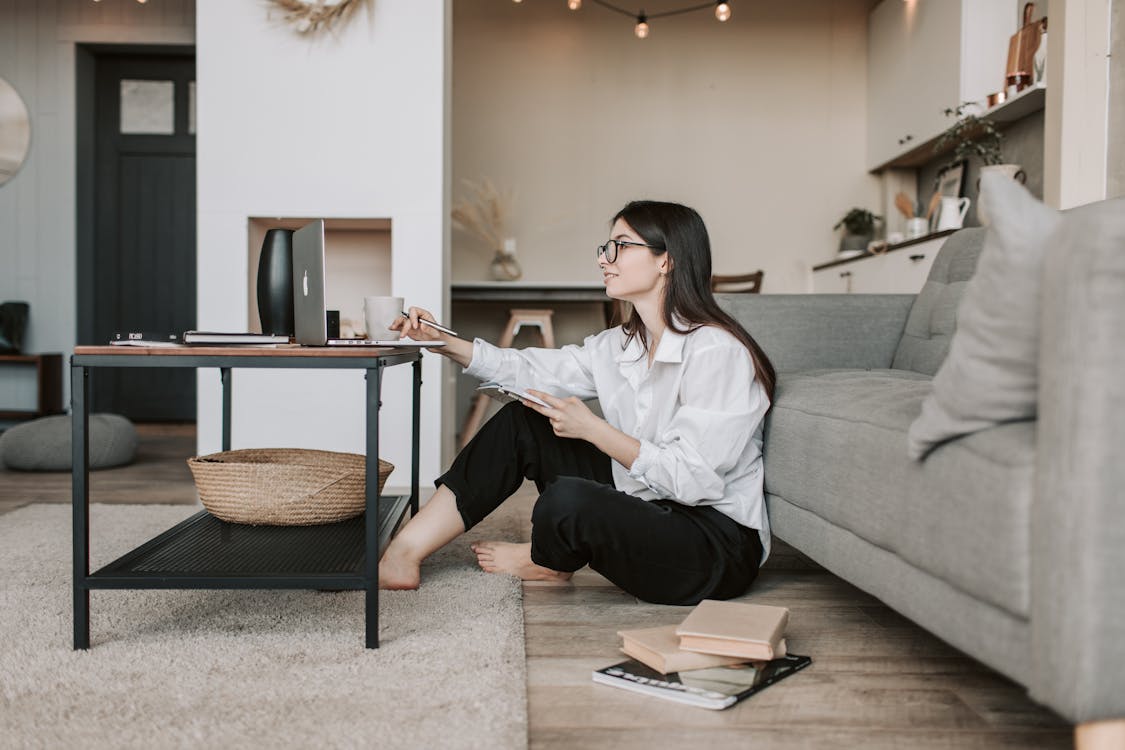
Living Big in Small Spaces: The Student Apartment Experience
University life usually suggests welcoming the art of living smartly in smaller rooms. Whether you're adjusting to your initial solo studio or showing to roommates in a comfy setup, identifying just how to make the most of every square foot can seriously elevate your convenience, performance, and overall well-being. Trainee apartments today aren't just puts to rest between courses; they're home bases for research marathons, social hangs, and some much-needed individual downtime.
Tiny spaces featured big potential, and discovering how to optimize them can make a major difference in how efficiently your university year unfolds. With some objective, imagination, and a little trial and error, you can transform even the tightest layout right into a useful and welcoming sanctuary.
Searching For Balance: Functionality Meets Personality
When you initially walk into a smaller sized apartment or condo, the blank canvas can really feel both interesting and a little daunting. You could be asking yourself where whatever will certainly go or how to avoid mess while still feeling comfortable. The essential lies in striking an equilibrium between capability and character.
For students, that normally starts with zoning out the house into purposeful locations, even if they're simply corners. Your bed may be actions far from your desk, however subtle aesthetic cues like rugs, lights, or shelving can create the illusion of separate areas. Adding your favorite art prints, a color scheme that relaxes or energizes you, and tiny products from home can also bring warmth without taking up added space.
Storage Space That Doesn't Steal Square Footage
The single largest challenge in little pupil apartments is storage space. Books, seasonal clothes, cleaning up products, and kitchen gear all need homes, but conventional large furnishings isn't the response. That's where multipurpose pieces can be found in.
Believe beds with cabinets underneath, footrests that function as containers, or desks with upright shelving. Every product should pull dual task when possible. For example, a slim table can work as an eating space throughout dishes and a laptop terminal during research hours.
In studio apartments in Tempe, vertical room is commonly your friend. From hooks on doors to drifting racks and stackable storage cubes, using your walls successfully can avoid the dreadful floor sprawl that makes any kind of small room really feel much more cramped.
Smart Layouts for Shared Living
If you're sharing with a roommate, communication becomes part of your space-saving approach. In a two-bedroom apartment in Tempe, it's essential to agree early on just how shared rooms like the kitchen, living location, and restroom will work.
Divide up storage zones, establish guideline for common locations, and consider buying furniture that promotes circulation and openness. Small sectionals, collapsible dining tables, or modular shelfs can aid maintain a feeling of openness without jeopardizing comfort.
It likewise helps to maintain decoration cohesive in common zones. Even if each flatmate has a special style in their individual bedroom, a linked aesthetic in the living-room can create a sense of calmness and make the space feel even more expansive.
Researching in Style: Carving Out a Productive Nook
One of one of the most important functions of any kind of student apartment or condo is a room that supports focus. A specialized details research location, no matter how little, can train your brain to enter work mode quicker. It doesn't have to be an actual workplace-- maybe an edge of the living-room, a part of your kitchen area counter, or a fold-down wall desk.
Excellent lights is vital. If you do not have accessibility to natural light during research hours, make use of a daylight-tone LED lamp that keeps you sharp. Surround on your own with just the essentials: your laptop computer, a few study devices, and maybe a plant or mounted photo for ideas.
Distraction-free zones are crucial, especially when staying in tighter quarters. Setting a regulation for "quiet hours" or making use of noise-canceling headphones can produce a feeling of separation from roomies or the bordering hustle and bustle.
Taking advantage of University Housing in Tempe
Living in university housing in Tempe ways you're already near to your classes, campus sources, and fellow pupils. This integrated comfort provides you the flexibility to streamline your day-to-day regimen. You can spend less time travelling and more time appreciating your space, so why not enhance it to reflect your way of living and academic objectives?
Living near university commonly indicates that houses are designed with pupils in mind. Smaller footprints urge smarter living, and close-by amenities minimize the need for extreme storage space. Possibly you don't need a massive kitchen area arrangement if eating options are close by. Perhaps you can avoid a big home entertainment arrangement if common lounges or team spaces are available in your building.
Utilize what's around you to your benefit, and concentrate your power on making your personal space comfortable and functional.
Small Apartment Living That Works for You
Student life is vibrant. Your requirements alter throughout the semester, and your house ought to be able to bend with you. As your routine shifts from midterms to finals to breaks, do not be afraid to reconfigure your space. Relocate furniture, switch over out decoration, or create short-term terminals for new habits or leisure activities.
Living in a tiny area while handling institution, social life, and everything in between could appear difficult in the beginning, but with the appropriate way of thinking, it can end up being an imaginative adventure. These apartment or condos are greater than just four walls-- they're a blank web page waiting on your very own expression.
For more inspiration, ideas, and updates tailored to student living, make sure to follow this blog and inspect back usually for fresh takes on making the most of your room.
Comments on “Functional Design for Small Student Spaces”